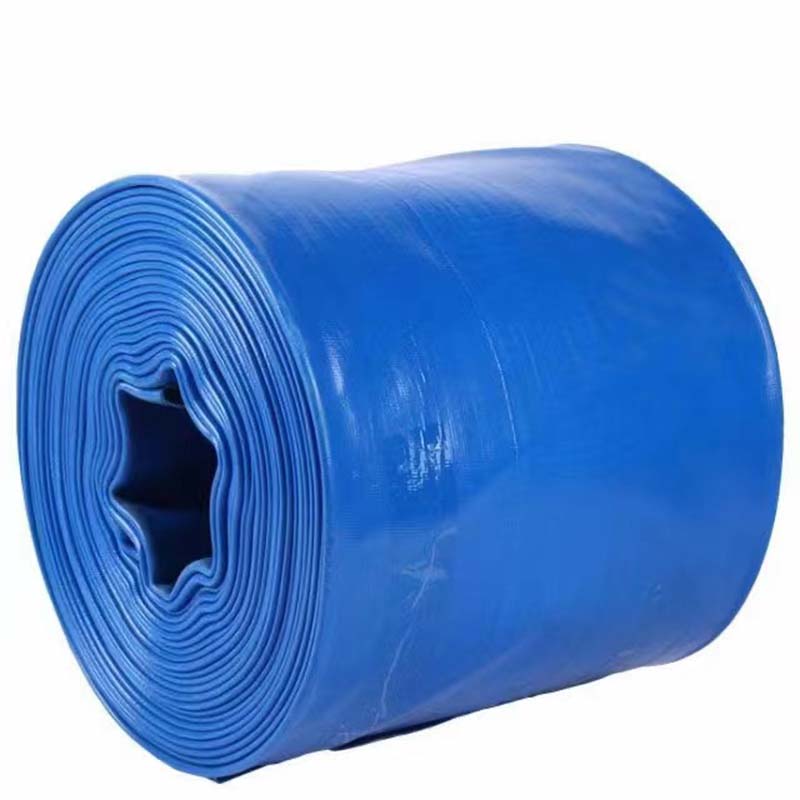Comparing the Benefits and Drawbacks of Rubber and PVC Air Hoses for Optimal Performance
Rubber Air Hoses vs. PVC Air Hoses Which is Right for You?
When it comes to air hoses, two of the most popular materials used are rubber and PVC (polyvinyl chloride). Each type of hose has its own set of unique characteristics, advantages, and disadvantages, making them suitable for various applications. Understanding these differences is crucial for selecting the right air hose for your needs.
Composition and Flexibility
Rubber air hoses are typically made from natural or synthetic rubber compounds. This gives them an inherent flexibility that is advantageous in environments where maneuverability is essential. Rubber hoses can easily bend and twist without kinking, allowing for ease of use in tight spaces or during extended periods of handling. On the other hand, PVC air hoses are made from a plastic material that can be less flexible, making them more rigid and prone to kinking or curling, especially in colder temperatures.
Durability and Resistance
When it comes to durability, rubber hoses tend to have the upper hand. They are more resistant to extreme temperatures, abrasions, and weather elements, making them a preferred choice for industrial applications or outdoor usage. Rubber hoses can withstand heavy use and are less likely to crack or degrade over time compared to their PVC counterparts, which can become brittle when exposed to UV rays, extreme heat, or chemicals.
Weight and Portability
air hose rubber vs pvc

One of the significant advantages of PVC air hoses is their lighter weight. Because PVC is a less dense material than rubber, these hoses are easier to transport and maneuver. For users who require a hose that can be moved frequently or stored compactly, a PVC option may be more convenient. However, the trade-off is often seen in reduced durability and a tendency to be less flexible, as mentioned earlier.
Cost Considerations
Generally speaking, PVC air hoses are more affordable than rubber hoses. This cost-effectiveness makes them an attractive option for homeowners and hobbyists who may not need a heavy-duty product. However, the initial savings can be offset by the hose's shorter lifespan, especially under heavy or industrial use, where a rubber hose would prove to be a better long-term investment.
Environmental Impact
From an environmental standpoint, rubber hoses can be more sustainable than PVC. Natural rubber is a renewable resource, while PVC production involves petroleum-based processes that can have a more significant ecological footprint. Moreover, rubber hoses are often easier to recycle than PVC hoses, which can contribute to their appeal for environmentally-conscious consumers.
Conclusion
When deciding between rubber and PVC air hoses, consider the specific needs of your project or application. If you require flexibility, durability, and longevity, particularly in demanding environments, rubber air hoses are likely the better choice. However, for light-duty tasks, occasional use, or for those on a budget, PVC hoses may suffice. Ultimately, weighing the pros and cons of each material will help you make an informed decision that aligns with your requirements. Whether you prioritize cost, flexibility, weight, or durability, being knowledgeable about the differences between rubber and PVC air hoses will ensure you select the best tool for the job.
-
Unrivaled Performance and Applications of PU Pneumatic Hoses and TubesNewsJun.11,2025
-
The Transparent World of Industrial Tubing and Hosing SolutionsNewsJun.11,2025
-
The Intricate World of Pneumatic Conduits: Tubes and HosesNewsJun.11,2025
-
The Dynamic Landscape of Pneumatic Conduits: Unraveling Key ComponentsNewsJun.11,2025
-
The Diverse Applications and Significance of Transparent PVC TubingNewsJun.11,2025
-
High - Pressure Pneumatic Tubing and Systems: An In - Depth LookNewsJun.11,2025














